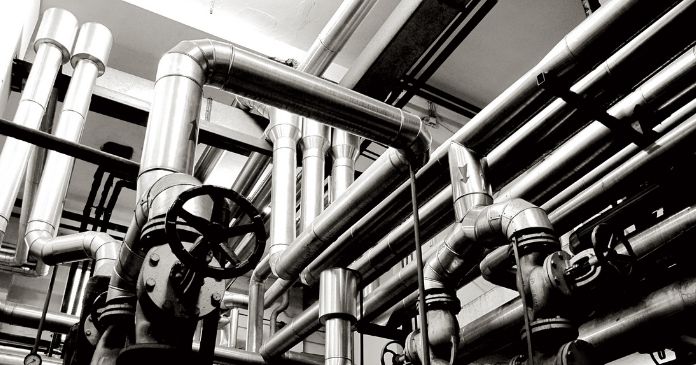Different Types of Metal Fabrication Processes
ALEXANDRIA, VA
When you drive twenty minutes south, you’ll arrive at the beautiful Mount Vernon estate, and chances are you’ll see an old fashion black smith’s shop. There is something magical about seeing something as powerful as metal manipulated under the black smith’s hand.
In a sense, this is what metal fabrication is. And although the different types of metal fabrication processes don’t quite look like George Washington’s bellows, they still help build the world around us.
Folding
When a blacksmith wants to form a piece of metal into a hook, they have to heat the metal red-hot first. But with this type of metal fabrication process, it’s possible to bend metal without heating it at all if it’s sheet metal.
Metalworking facilities do this using machinery such as press brakes or metal folders. These machines operate on manual power, hydraulic power, or via a computerized manufacturing process called computer numerical control. The one thing they noticeably don’t use is heat. Even so, they’re able to bend the metal at a 90-degree angle in the blink of an eye.
Machining
If you played rock paper scissors as a kid, you know what happens when you throw up scissors, but your best friend throws up rock. You win because it’s just not possible to cut stone. But it is possible to cut metal. That’s what machining is.
Machining is the process of using machinery to cut metal. This may be as simple as cutting off unneeded metal after metalworking is done. Or it can be as complex as cutting a piece of sheet metal into a sign that you can hang in front of a business. Interestingly enough, machining doesn’t only work on metal. It can also be used on plastic, wood, and yes, even rock.
Deburring
When people hear the word “deburring,” they may think of having to pull burrs off a dog’s fur after they roll through a bramble bush. In a way, metal deburring is similar.
When metal goes through processes like machining, there are often little raised ridges left behind where milling machines cut the metal. These edges are called burrs. Manufacturers typically don’t like burrs because, like their plant counterparts, they’re sharp as the dickens. That’s why deburring is so important. This can be done by hand or in large contraptions called vibratory deburring machines.





